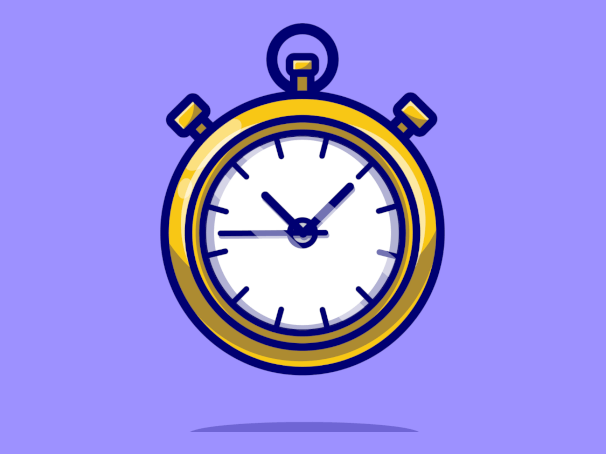
Panic attacks are intensely stressful anxiety attacks that are so severe with physical symptoms that some people are hospitalized, believing they have a heart attack. Panic attacks are also individualized issues that do not always follow an exact system. But panic attacks tend to go through very specific stages that may be similar for many people. So how long do panic attacks last?
Timeline is Similar - Symptoms May Be Different
Panic attacks tend to go through similar timelines, but it should be noted that the symptoms themselves are often different, and respond to how the person reacts to the episodes.
Generally panic attacks go through the following structure:
- Pre-Attack This may be described as feeling ’panicky’ or feelings of doom. Your heart may feel like it is beating faster or you may experience tingling in the body or face.These can be small and go away in minutes or they can build up lasting 10 minutes or more.
- The ‘Attack’ The term ‘panic attack’ describes the period of time that the episode lasts. Usually the person is so fearful, that they believe only doom is ahead. Once the person realises that they are no longer going to die, and their breathing subdues, the attack begins to lessen. This may last from a few minutes to an hour or so.
- The Slow Decline Once you have experienced a panic attack, there is often a slow decline. For some this may be as little as a few minutes. Others find that this can take hours and leave them incredibly drained. On average, it takes about 30 minutes or so for someone to recover from a panic attack, although they may feel tired and drained for hours.
After a panic attack, the person can still be experiencing a severe rapid heartbeat, confusion, and issues concentrating for hours. Some experience depression as a result of their panic attack, and others focus on their physical symptoms so much that they feel like another attack is coming for days.
How to Stop Panic Attacks From Occurring or Shorten Them
If you suffer from panic attacks, stopping them should be your priority. There are several methods you can use to stop panic, and some of them may even shorten the duration of your panic attack or reduce its severity. Some examples include:
- Controlled Breathing The most severe symptoms of anxiety attacks comes from hyperventilation. Hyperventilation is when you breathe in too much oxygen and breathe out too much carbon dioxide, and unfortunately this has a paradoxical effect which causes you to feel as though you are not getting enough oxygen, causing you to breathe in even more as a result. This is one of the reasons that symptoms tend to get worse during the panic attack. So control your breathing by taking at least 15 seconds with each breath, breathing in slowly and breathing out even more slowly.
- Mental Distractions and Talking The more you are ‘inside your head’ during an attack, the worse and longer it will be. Get out of your head by telling those around you that you are having anxiety symptoms, or finding a way to distract your mind. Calling someone on the phone (even if you have people around you) can actually be a great distraction, because holding a phone conversation takes a lot of mental energy.Try talking to good friend or family member you can trust.
- Walking Walking is another tool that can actually reduce the severity of your panic attacks. It improves blood flow in a way that can help you regain your carbon dioxide levels, whilst appearing to have a distracting effect on the brain; both of which are advantageous for helping you recover from the attacks.
These are some quick tools that you can use to make sure your panic attacks are less severe. But the key is to also ensure that you are targeting your anxiety and looking for ways to cure it forever.












